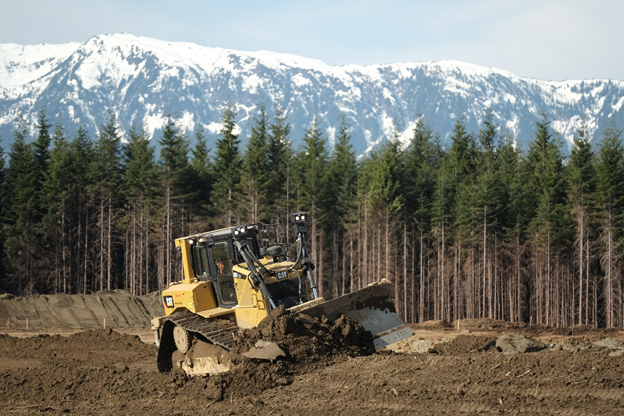How we prepare for field construction
Posted by Coastal GasLinkBuilding a pipeline safely takes a lot of time, effort and preparation.
It starts with undertaking a full environmental assessment of the project, and by considering all the important values British Columbians want to protect from important cultural areas to the wildlife and flora that live in our forests.

Construction permits are granted by two provincial bodies: the Oil and Gas Commission (OGC) and the Environmental Assessment Office (EAO). These agencies work with other areas of the provincial government, such as the Archaeology Branch of the Ministry of Forests, Lands, Natural Resource Operations and Rural Development if further expertise is required.
Once an Environmental Assessment Certificate is granted to build a pipeline, a number of other construction permits are required that are more specific to local areas along the pipeline route.
Coastal GasLink was successful in receiving an Environmental Assessment Certificate from the EAO and ten separate permits from the OGC, each containing up to 70 conditions that protect the environment and govern how we communicate with the OGC, First Nations and other potentially affected stakeholders. This followed rigorous multi-year review and was supported by more than 7,000 pages of documentation.
As part of our permit application process, Coastal GasLink was required to undertake in-depth assessments of the route to ensure we fully understood the area and mitigated impacts where necessary.
For example, in areas that were likely to have been used by Indigenous people, we worked with qualified archaeologists and often members of the nearby First Nation, to identify any areas of importance or significance that would need special protection during construction.
We also identified areas critical for bird nesting and obtained permits that restrict us from work during important nesting periods, or that identify mitigation to minimize any effects.
If there was an area used extensively for trapping, Coastal GasLink would hire a qualified professional trapper to determine what trapping activities were going on in the area and develop mitigation plans to avoid adversely affecting the trappers and their traplines. In the event of an unavoidable disturbance, Coastal GasLink would seek to compensate trappers for losses that might arise as a result of construction.
If important cultural or heritage values are found when undertaking construction, Coastal GasLink implements our Heritage Resource Discovery Contingency Plan, in accordance with our permit conditions and provincial regulations, to ensure these values are identified and protected.
We understand that some disturbance is unavoidable during pipeline construction. But by working closely with the regulators and engagement with Indigenous communities and other interested parties, we can protect the environment and ensure that the cultural values of British Columbians are respected during construction and future operation of the natural gas pipeline.
To learn more about how Coastal GasLink is permitted, please visit our FAQ's page.